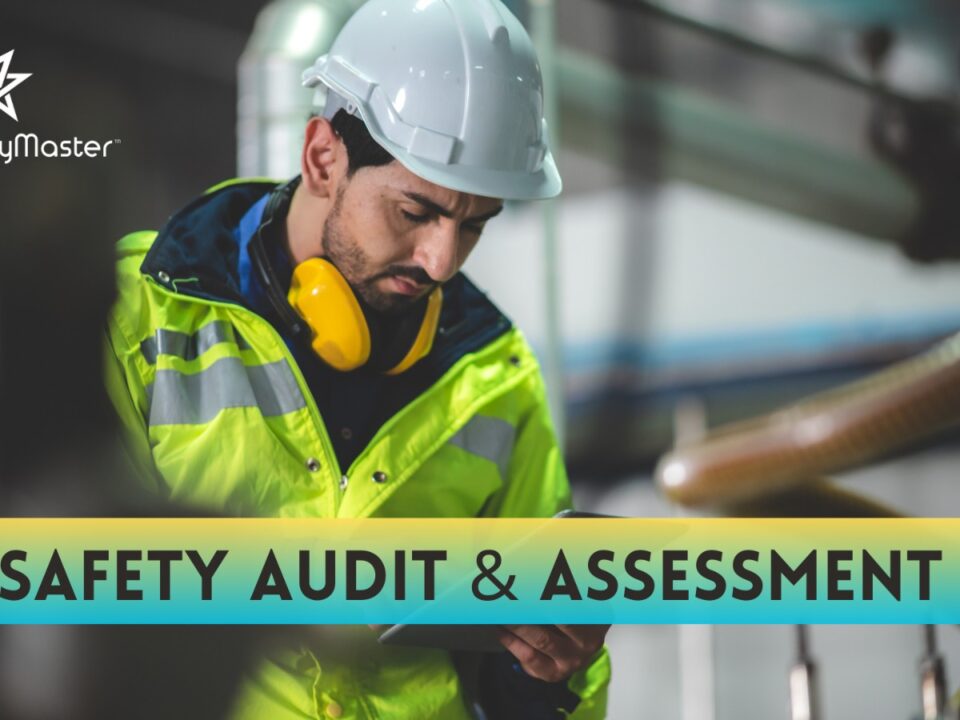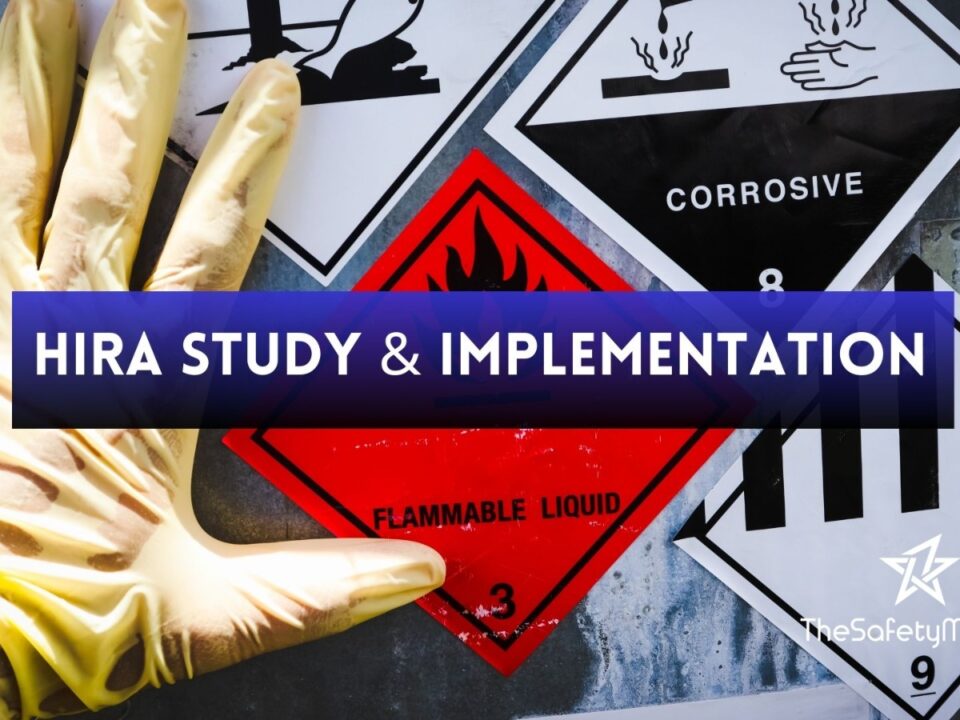Crane Safety: Rigging Practices, Load Limits, and Crane Operation Protocols – The Safety Master

Personal Protective Equipment (PPE) in Construction: Selection and Proper Use – The Safety Master
April 27, 2024
Future trends & innovations in HAZOP safety audit leveraging technology & data analytics for improved risk assessment
May 2, 2024Introduction to Crane Safety
Crane safety is paramount in construction and industrial settings. It ensures the protection of workers and the integrity of structures. By adhering to rigorous safety standards, accidents and injuries can be minimized, if not entirely prevented.
Importance of Rigging Practices
Understanding Rigging in Crane Operations
Rigging is the process of preparing and securing loads to be lifted by a crane. It involves the use of various equipment and techniques to ensure stability and safety during lifting operations.
Types of Rigging Equipment
There are different types of rigging equipment, including slings, shackles, hooks, and wire ropes. Each serves a specific purpose and must be used correctly to maintain safety standards.
Knowing Load Limits
Determining Load Capacities
Understanding load capacities is crucial to crane safety. Exceeding these limits can lead to equipment failure and potential disasters. Load capacities should be clearly defined and adhered to at all times.
Factors Affecting Load Limits
Several factors affect load limits, including the crane’s configuration, the angle of the lift, and environmental conditions such as wind speed. Operators must take these factors into account when planning lifts.
Crane Operation Protocols
Pre-operation Inspection
Before operating a crane, a thorough inspection must be conducted to ensure all components are in proper working order. Any issues should be addressed immediately to prevent accidents during operation.
Operating Procedures
Operators must follow strict operating procedures to maintain safety standards. This includes proper positioning of the crane, clear communication with ground personnel, and adherence to load limits.
Post-operation Maintenance
After completing operations, cranes should undergo post-operation maintenance to identify any wear and tear or potential issues. Regular maintenance helps prolong the lifespan of the equipment and ensures continued safety.
Ensuring Worker Safety
Training and Certification
Workers involved in crane operations must undergo comprehensive training and certification programs to ensure they have the necessary skills and knowledge to operate equipment safely.
Communication Protocols
Effective communication between crane operators and ground personnel is essential for safe lifting operations. Clear signals and protocols must be established and followed to prevent misunderstandings or accidents.
6. Compliance with Regulations
OSHA Regulations
The Occupational Safety and Health Administration (OSHA) sets strict regulations governing crane safety in the workplace. Employers must comply with these regulations to protect workers and avoid penalties.
Industry Standards
In addition to OSHA regulations, there are industry-specific standards and guidelines that companies must adhere to. These standards are designed to enhance safety and prevent accidents in crane operations.
Common Crane Safety Mistakes to Avoid
Overloading
One of the most common mistakes in crane operations is overloading the equipment. This can lead to structural failure and catastrophic accidents. Operators must always verify load capacities before lifting.
Ignoring Weather Conditions
Weather conditions such as high winds or storms can significantly impact crane operations. Ignoring these conditions can result in accidents or equipment damage. Operators should always check weather forecasts and adjust operations accordingly.
Poor Maintenance
Neglecting regular maintenance can lead to equipment failure and compromise safety. Companies should implement strict maintenance schedules and procedures to keep cranes in optimal condition.
Real-life Examples of Crane Accidents
Examining real-life examples of crane accidents can provide valuable insights into the consequences of safety lapses. These incidents underscore the importance of strict adherence to safety protocols and standards.
Tips for Enhancing Crane Safety
Regular Equipment Inspections
Implementing regular equipment inspections helps identify potential issues before they escalate into safety hazards. This proactive approach can prevent accidents and ensure smooth operations.
Proper Training Programs
Investing in comprehensive training programs for crane operators and other personnel involved in lifting operations is crucial for maintaining safety standards. Well-trained workers are better equipped to handle potential risks and emergencies.
Emergency Preparedness
Developing emergency response plans and conducting drills helps prepare workers for potential accidents or incidents. Having protocols in place ensures swift and effective responses, minimizing the impact of emergencies.
Conclusion
Crane safety is a multifaceted endeavor that requires careful planning, adherence to protocols, and ongoing vigilance. By prioritizing rigging practices, understanding load limits, and following strict operation protocols, companies can mitigate risks and create safer work environments for their employees.



